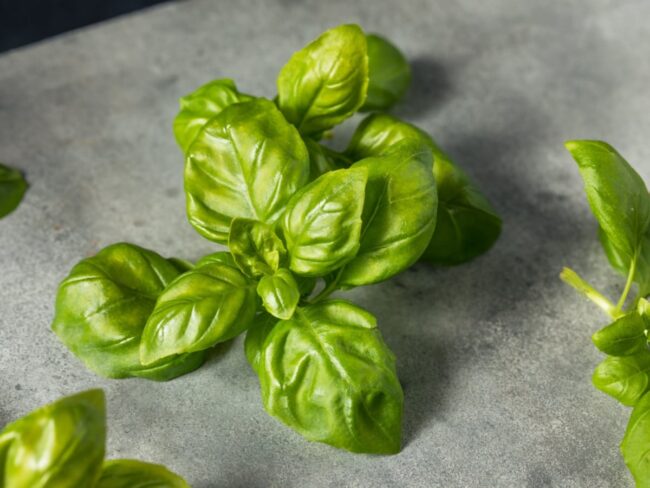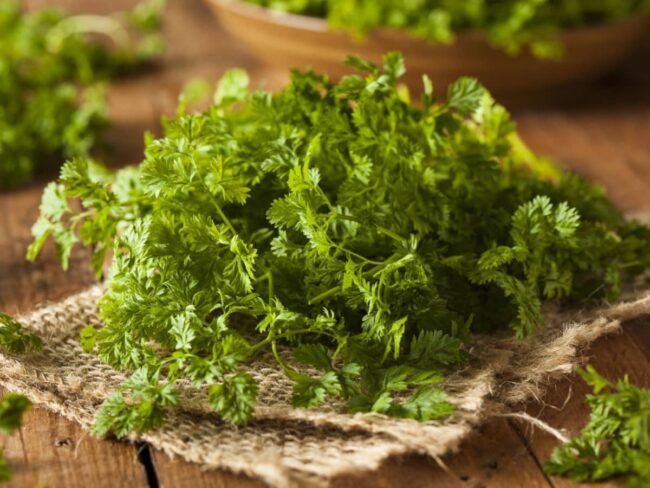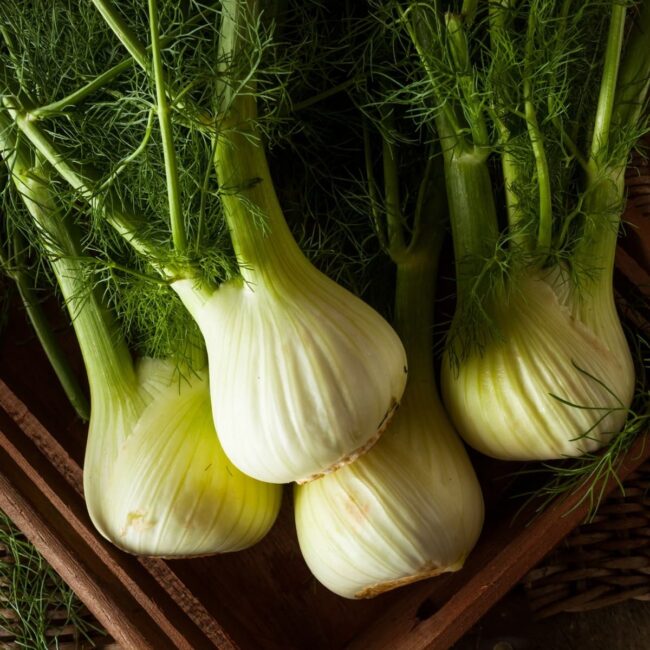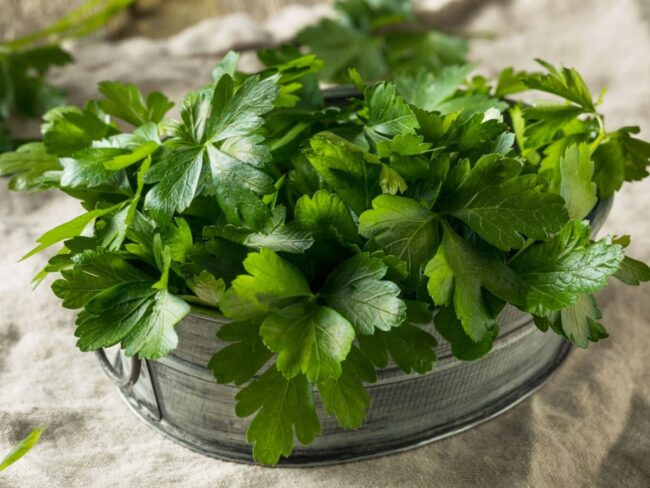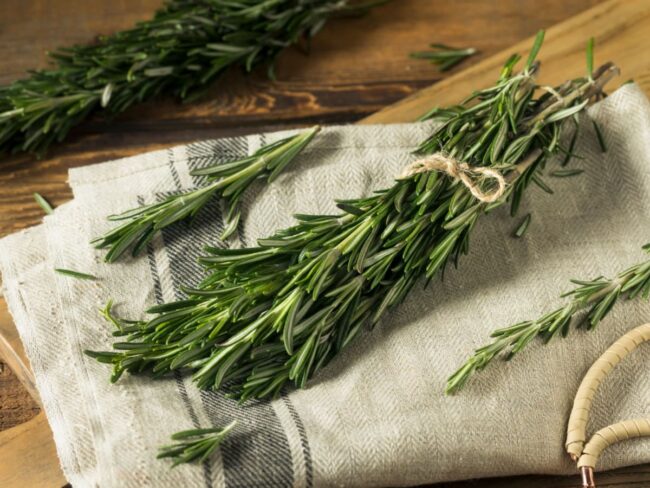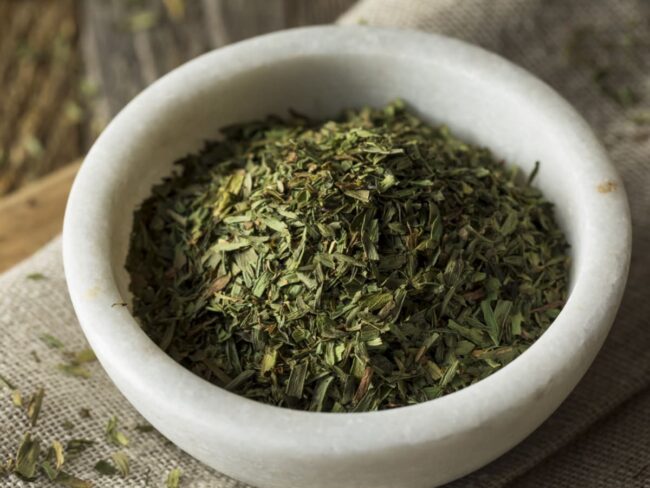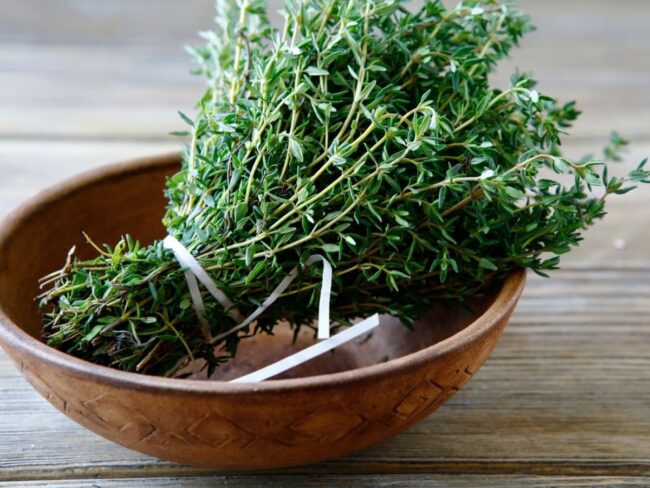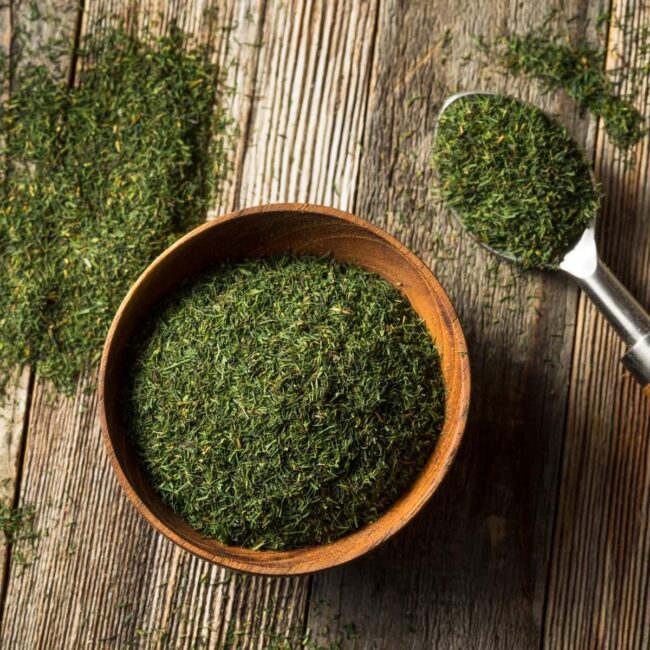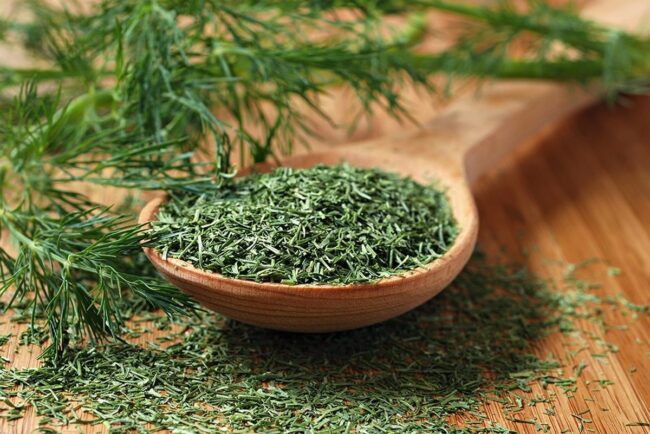8 Perfect Dill Weed Substitutes for Cooking
When dill weed is not available in your kitchen, there are other alternatives to consider.
They can provide similar aromatic qualities and enhance the flavor of your dishes in comparable ways.
By selecting the right herb, you can maintain the intended taste and balance in your recipes.
Understanding Dill Weed Uses
Dill has a rich history in the culinary world, with roots tracing back to the 17th century.
This herb, derived from the leaves of Anethum graveolens, carries a distinct buttery and grassy flavor.
Notes of lemon and anise add complexity to its profile, making it an appealing addition to various dishes.
When temperatures rise, dill’s unique taste changes as it flowers, resulting in bitterness that diminishes its aromatic qualities.
Often paired with seafood like salmon or used in creamy sauces and salads, dill remains a staple ingredient that elevates flavors across many recipes you might try at home.
Dill Weed’s Culinary Significance
Dill weed holds a fascinating history that stretches across various ancient cultures.
In Rome, it represented good luck and fortune, while in Egypt, its reputation as an aphrodisiac was well-known.
Ancient Greeks saw dill as a sign of wealth and prosperity, showing its importance in their society.
Including dill flowers in wedding ceremonies is a tradition for many; they symbolize protection alongside the promise of wealth and happiness within the home.
Decorating with bunches of dill flowers not only beautifies spaces but also connects to these rich cultural beliefs about abundance and joy.
Flavorful Alternatives to Dill Weed
Dill weed alternatives offer similar herbal flavors for dishes when it’s unavailable. Explore options that bring brightness and balance to soups, sauces, and salads.
Basil
Basil adds a fresh and aromatic flavor to meals, making it a staple in kitchens around the world.
Its vibrant green leaves can also be found in shades of purple and red, providing visual appeal alongside taste.
This herb shines in sauces like pesto, enhancing pasta dishes with its unique essence.
In Asian cuisine, basil complements spicy flavors beautifully while contributing to fragrant curries and soups.
Versatile enough for salads or garnishes, this herb elevates any dish with its distinctive sweetness and aroma.
Chervil
Chervil offers a delicate flavor profile that intertwines hints of parsley and a subtle touch of licorice.
This herb thrives in cool climates, making it an ideal addition to springtime dishes.
Its feathery leaves add elegance to salads and soups, enhancing both the taste and appearance.
Chefs often appreciate its versatility in French cuisine, where it can elevate sauces or dressings with finesse.
Using chervil brings a refreshing note to culinary creations, inviting you to experiment with its unique qualities.
Fennel
Fresh fennel stands out with its delicate fronds, closely resembling dill weed.
Using it as a substitute for dill provides an easy way to enhance dishes without changing their essence.
Its light sweetness offers a hint of licorice, adding depth to recipes.
The stems lend themselves well to cooking, ensuring that every part of the plant contributes flavor and texture.
With this versatile ingredient at hand, you can elevate your culinary creations effortlessly while enjoying its striking appearance on the plate.
Parsley
Parsley adds a subtle freshness to dishes without overwhelming other flavors.
Its bright green leaves enhance the visual appeal of meals, making them more inviting.
Versatile in nature, this herb complements a wide range of cuisines from Mediterranean to American.
Rich in vitamins and minerals, parsley contributes nutritional value while keeping things light.
Incorporating it into your recipes can elevate taste and presentation effortlessly.
Rosemary
Aromatic and versatile, this herb adds a delightful flavor to various dishes.
Its presence enhances the taste of sauces, meats, and even salads.
Chefs often reach for it to elevate everyday meals into something special.
Fresh or dried, it brings out the best in each ingredient it accompanies.
Whether you're cooking a classic Italian pasta or a French ratatouille, this herb plays an essential role in creating memorable flavors that linger on the palate.
Tarragon
Tarragon offers a robust alternative to dill weed, bringing a similar aromatic profile while being more adaptable in cooking.
This herb stands out for its ability to withstand heat, allowing it to infuse dishes with flavor early in the cooking process.
For those lucky enough to have fresh tarragon available, the substitution is straightforward; just match it equal measure for fresh dill weed.
When using dried tarragon instead, adjusting the amount is key, one teaspoon of dried will suffice for every tablespoon of fresh dill required.
Thyme
Thyme, a herb closely related to mint, packs a bold flavor that enhances Mediterranean dishes.
This versatile herb shines in various cooking methods, especially when heat is involved.
Using thyme instead of dill weed can elevate your stews and roasts without compromising taste during longer cooking times.
Its resilience makes it an excellent choice for baking as well, ensuring every dish is infused with its aromatic essence.
Exploring thyme's unique characteristics opens up exciting culinary adventures in your kitchen.
Dried dill
Dried dill serves as a fantastic alternative to fresh dill weed, especially when convenience is key.
Its freeze-drying process locks in the vibrant aromas and flavors, ensuring that you won't miss out on that signature taste.
When adjusting recipes, remember that one teaspoon of dried dill equates to one tablespoon of fresh dill weed.
This substitution works wonders in soups, salads, or marinades where herbal notes shine through.
Keep some on hand for those moments when fresh herbs aren't available; your dishes will still carry delightful hints of flavor!
Where to Buy Fresh Dill
Fresh dill weed often graces the shelves of grocery stores, showcasing its vibrant green fronds.
Spotting good quality is easy; look for fresh-cut stems and lively leaves that aren’t wilting.
Handling this herb requires a gentle touch to keep those delicate fronds intact during your shopping trip.
Dried dill, along with its seeds, can be located among the spices, ready to add flavor to your dishes.
Incorporating both forms into meals enhances taste and brings a fresh aroma that elevates any recipe you create in your kitchen.
How to Store Dill Weed
Storing fresh dill weed requires a few simple methods to keep it flavorful and vibrant.
Wrapping the herb in plastic wrap for a quick refrigerator stay works well, but using it soon after is essential due to its tendency to wilt quickly.
For better longevity, try placing trimmed stems in a glass of water with damp paper towels around the exposed areas; this method can extend freshness up to a week.
Another option involves misting the stems with water and wrapping them loosely in paper towels before sealing them inside a zip lock bag for optimal crispness.
Freezing is an excellent choice too; finely chopped dill mixed with water creates paste cubes that retain flavor when stored long-term, ensuring you always have this aromatic herb on hand when needed.
Dill’s Health Benefits
Dill weed serves as a gentle remedy for stomach discomfort, especially colic in infants.
Antibacterial qualities make it a fantastic choice for freshening breath, with dill seeds being particularly effective.
Lactating women might find dill helpful in encouraging milk production, adding to its appeal.
A single serving of this herb contributes nearly 10% of the daily Vitamin C requirement, supporting overall health.
Long recognized for its medicinal properties, dill has been cherished across generations as a natural aid for various ailments.
How to Grow Dill
Dill thrives as an annual herb, showcasing delicate yellow flowers when the weather warms.
Sowing seeds directly into pots or garden beds ensures they establish strong roots without disturbance.
Mid-spring to summer serves as the ideal time for planting, with seeds nestled in rows just beneath the soil surface.
Regular watering keeps dill vibrant, while careful attention prevents overwatering that could harm growth.
Avoiding proximity to fennel preserves dill’s unique flavor and simplifies your gardening journey with this fragrant herb.
Key Takeaways and Summary
Tarragon stands out as the top substitute for dill weed, bringing a similar anise-like flavor.
When fresh dill isn’t available, consider using fennel fronds for a delightful twist.
An herb blend of parsley and chives can also mimic the brightness of dill in salads and sauces.
If you’re looking for something bolder, fresh basil offers an aromatic kick that changes up your dish’s profile entirely.
Experimenting with these alternatives can open new flavor dimensions in your cooking adventures!

